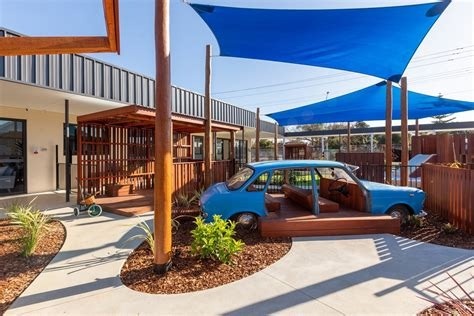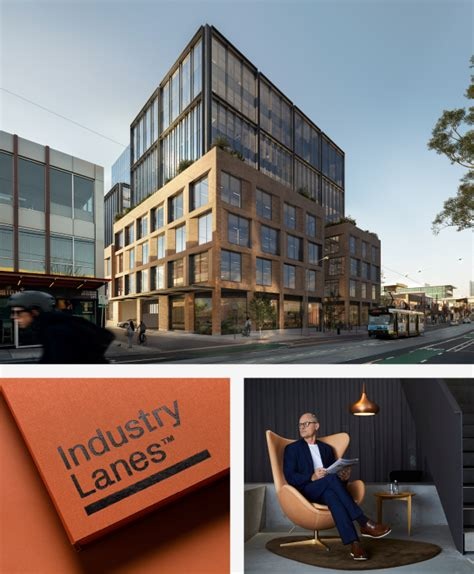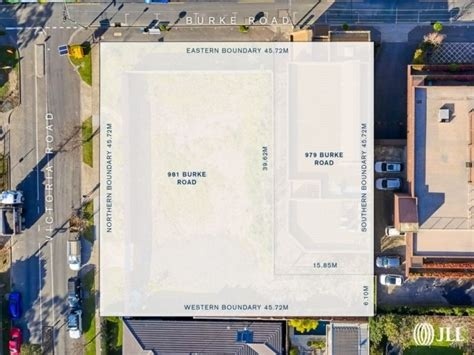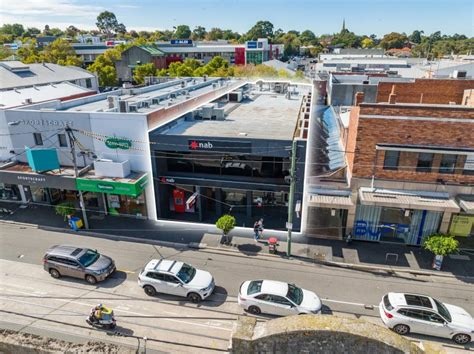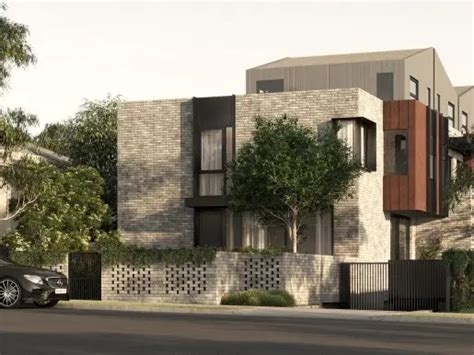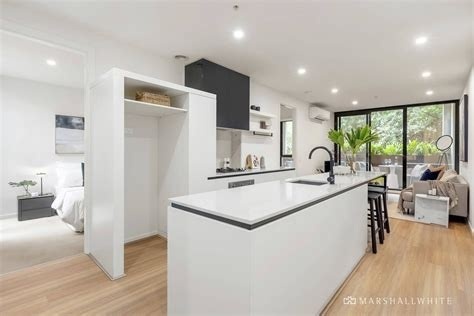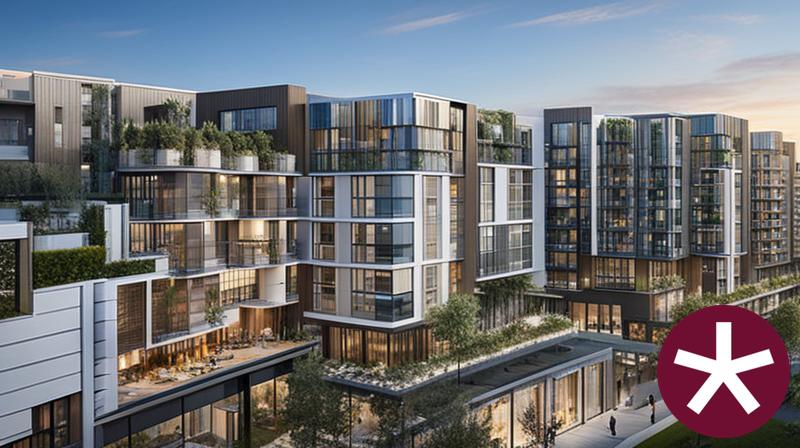Chart Color Schemes
est. as @ -- *
ABS ERP | -- people | --
2021 Census | -- people
Sales Activity
Curious about local property values? Filter the chart to assess the volume and appreciation (including resales) trends and regional comparisons, or scroll to the map below view this information at an individual property level.
Find a Recent Sale
Sales Detail
Population
An assessment of population growth drivers in Hawthorn - South reveals an overall ranking slightly below national averages considering recent, and medium term trends
Hawthorn - South's population is around 13,499 as of Aug 2025. This reflects an increase of 1,542 people since the 2021 Census, which reported a population of 11,957 people. The change is inferred from the estimated resident population of 13,481 from the ABS as of June 2024 and an additional 455 validated new addresses since the Census date. This level of population equates to a density ratio of 4,192 persons per square kilometer. Hawthorn - South's growth of 12.9% since the 2021 census exceeded the SA3 area (6.8%), along with the SA4 region. Population growth for the area was primarily driven by overseas migration that contributed approximately 95.0% of overall population gains during recent periods.
AreaSearch is adopting ABS/Geoscience Australia projections for each SA2 area, as released in 2024 with 2022 as the base year. For areas not covered, AreaSearch utilises VIC State Government's Regional/LGA projections released in 2023 with adjustments made employing a method of weighted aggregation of population growth from LGA to SA2 levels. Growth rates by age group are applied across all areas for years 2032 to 2041. Future population trends project an above median growth, with the area expected to expand by 2,509 persons to 2041 based on the latest population numbers, reflecting an increase of 18.4% in total over the 17 years.
Frequently Asked Questions - Population
Development
AreaSearch assessment of residential approval activity sees Hawthorn - South among the top 30% of areas assessed nationwide
Hawthorn - South has received approximately 180 dwelling approvals annually. The Australian Bureau of Statistics produces development approval data on a financial year basis. Between FY20 and FY25, there were a total of 903 approvals, with 6 approvals recorded so far in FY26. Despite population decline in recent years, new supply appears to have kept pace with demand, offering buyers good choice.
The average construction cost value for new homes is $758,000, indicating a focus on the premium segment. In FY26, commercial approvals totaled $14.3 million, reflecting moderate levels of commercial development. Compared to Greater Melbourne, Hawthorn - South has 137.0% more building activity per person, suggesting robust developer interest in the area and ample choice for buyers. New developments consist of 5.0% detached houses and 95.0% townhouses or apartments, promoting higher-density living and affordability for downsizers, investors, and first-home buyers, marking a significant shift from the current housing pattern of 22.0% houses. With approximately 938 people per dwelling approval, Hawthorn - South reflects a mature market. By 2041, the area is projected to grow by 2,491 residents, and with current construction levels, housing supply should meet demand adequately, creating favourable conditions for buyers while potentially enabling growth that exceeds current forecasts.
Looking ahead, Hawthorn - South is expected to grow by 2,491 residents through to 2041. With current construction levels, housing supply should adequately meet demand, creating favourable conditions for buyers while potentially enabling growth that exceeds current forecasts.
Frequently Asked Questions - Development
Infrastructure
Hawthorn - South has very high levels of nearby infrastructure activity, ranking in the top 10% nationally
Changes to local infrastructure significantly impact an area's performance. AreaSearch has identified 36 projects that may affect the area. Notable ones are Audrey Auburn, 14-16 Queens Avenue Apartments, Auburn Station Activity Centre Development, and Burke Road Retail Precinct Upgrades. The following list details those most likely to be relevant.
Professional plan users can use the search below to filter and access additional projects.
INFRASTRUCTURE SEARCH
Frequently Asked Questions - Infrastructure
Glenferrie Station Activity Centre Development
Activity centre development around Glenferrie Station as part of state government housing program. Plans for increased medium-density housing with new planning controls for buildings up to 6 storeys within catchment area. Includes public transport improvements and pedestrian connectivity.
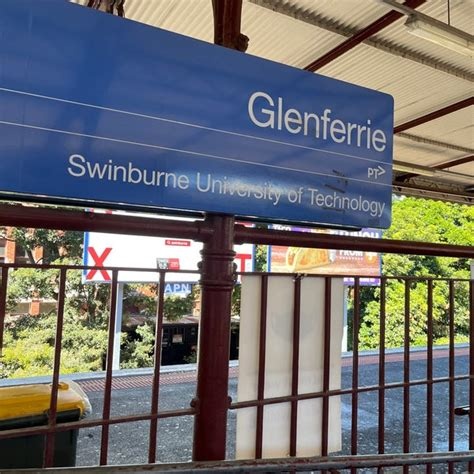
Hawthorn Park
Completed $300 million landmark residential development comprising 368 residences across seven floors and five buildings featuring Melbourne's first sky bridge pool with glass bottom connecting buildings. Includes wellness centre with gym, yoga studio, rooftop retreat, residents' lounges, and 2,000sqm of Jack Merlo designed landscaping and parkland. Premium finishes include Miele/Gaggenau appliances, stone benchtops, and timber detailing. Designed by award-winning architects Rothelowman and built by Hickory Group. Winner of UDIA Victorian Design Excellence Award 2021. Completed early 2021 with 99% owner-occupier residences.

Auburn Station Activity Centre Development
Transport-oriented development around Auburn Station with focus on sustainable medium-density housing, commercial development, and improved public transport connectivity. Part of broader suburban rail loop planning initiative.
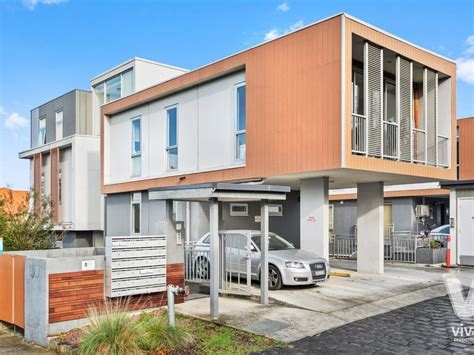
Swinburne University Campus Heart Development
Multi-storey development to become student-focused hub between Library and BA buildings. Designed by architectural firm to enhance student experience and campus connectivity.
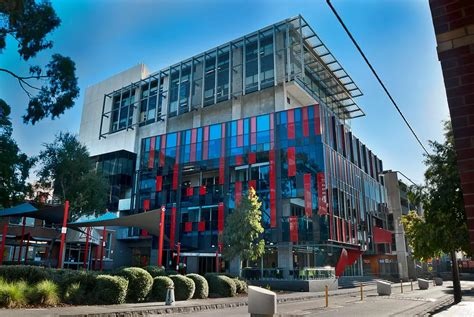
Eastern Freeway Upgrades - Bulleen to Springvale Road
Major upgrade of Eastern Freeway from 9 to 20 lanes in some sections between Hoddle Street and Springvale Road. Includes new express lanes, smart technology, dedicated Eastern Express Busway, noise walls, and improved pedestrian and cycling connections. Part of North East Link program.
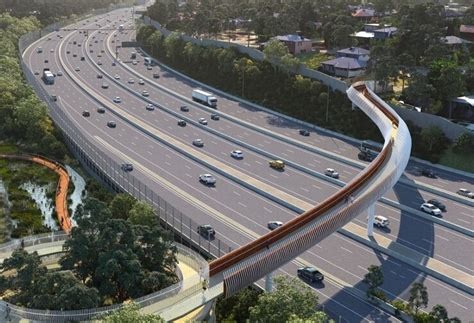
Glenferrie Place Plan Implementation
Comprehensive revitalisation of Glenferrie precinct including urban greening, sustainable transport improvements, arts events and smart technology, sports and recreation facilities, and revitalised laneways. Features 9 key initiatives to enhance shopping, entertainment and lifestyle destination.
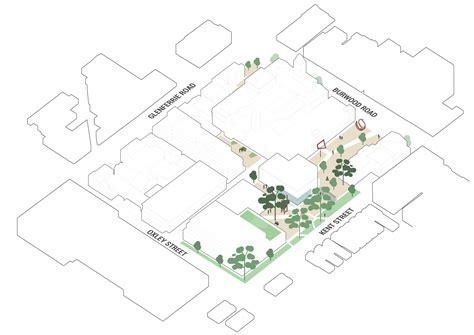
Swinburne Latelab Student Hub
24-hour student hub refurbishing existing building at 27 John Street. Designed by Kosloff Architecture to provide modern study and collaboration spaces for students.
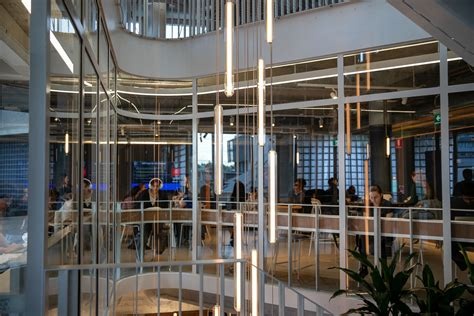
Seven|Six|Five Residences
Completed multi-residential apartment building comprising 54 luxury apartments across 8 levels with undulating facade designed by award-winning architect Kavellaris Urban Design (KUD). Features 1, 2 and 3 bedroom configurations starting from $755,000, rooftop pool, BBQ and entertainment area, secure basement parking with electric car charging facilities, oak floors in standard or herringbone patterns, stone benchtops, and proximity to Tooronga Station and Glenferrie Road shopping. Developed by IBD Capital and project managed by First Urban. Completed late 2022 and available for immediate move-in.
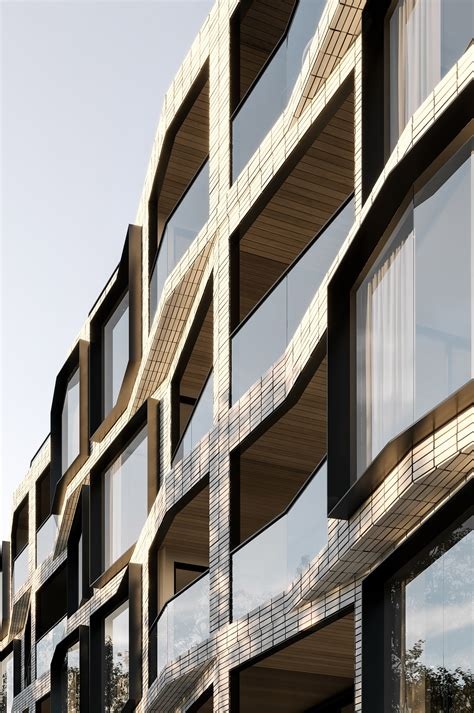
Employment
The labour market in Hawthorn - South demonstrates typical performance when compared to similar areas across Australia
Hawthorn-South has an educated workforce with strong representation in professional services. Its unemployment rate is 4.4%, lower than Greater Melbourne's 4.6%.
Over the past year, employment grew by 2.4%. As of June 2025, 8,873 residents are employed, with a participation rate of 71.2% compared to Greater Melbourne's 64.1%. Key industries include professional & technical, health care & social assistance, and education & training. Professional & technical services show strong specialization, employing 1.7 times the regional average.
Construction employs only 5.0% of local workers, below Greater Melbourne's 9.7%. The worker-to-resident ratio is 0.8, indicating ample employment opportunities. Between June 2024 and June 2025, employment increased by 2.4%, labour force by 2.9%, raising the unemployment rate by 0.5 percentage points. In Greater Melbourne, employment grew by 3.5% and unemployment rose by 0.5 percentage points. Statewide in Victoria, as of Sep-25, employment grew by 1.08% year-on-year, with an unemployment rate of 4.7%. Nationally, employment grew by 0.26%, and the unemployment rate was 4.5%. Jobs and Skills Australia's May 2025 forecasts project national employment growth of 6.6% over five years and 13.7% over ten years. Applying these projections to Hawthorn-South's industry mix suggests local growth could be approximately 7.3% over five years and 14.7% over ten years.
Frequently Asked Questions - Employment
Income
Income metrics indicate excellent economic conditions, with the area achieving higher performance than 75% of national locations assessed by AreaSearch
AreaSearch's latest postcode level ATO data for financial year 2022 shows that median income in Hawthorn - South is $66,086, with average income at $150,486. This contrasts with Greater Melbourne's median income of $54,892 and average income of $73,761. Based on Wage Price Index growth of 10.11% since financial year 2022, current estimates for median income are approximately $72,767 as of March 2025, with average income at around $165,700. According to the 2021 Census, individual earnings in Hawthorn - South stand out at the 91st percentile nationally, at $1,207 weekly. Income analysis reveals that the largest segment comprises 32.4% earning between $1,500 and $2,999 weekly (4,373 residents). This aligns with the surrounding region where this cohort likewise represents 32.8%. Economic strength is evident through 32.0% of households achieving high weekly earnings exceeding $3,000, supporting elevated consumer spending. High housing costs consume 15.5% of income, but strong earnings still place disposable income at the 70th percentile nationally. The area's SEIFA income ranking places it in the 9th decile.
Frequently Asked Questions - Income
Housing
Hawthorn - South features a more urban dwelling mix with significant apartment living, with a higher proportion of rental properties than the broader region
Hawthorn-South's dwelling structure, as per the latest Census, had 22.1% houses and 77.9% other dwellings (semi-detached, apartments, 'other' dwellings). In comparison, Melbourne metro had 55.5% houses and 44.5% other dwellings. Home ownership in Hawthorn-South was at 25.8%, with mortgaged dwellings at 25.7% and rented ones at 48.5%. The median monthly mortgage repayment was $2,100, below Melbourne metro's average of $3,000. Median weekly rent in Hawthorn-South was $400, compared to Melbourne metro's $451. Nationally, Hawthorn-South's mortgage repayments were higher at $2,100 against the Australian average of $1,863, and rents were higher at $400 than the national figure of $375.
Frequently Asked Questions - Housing
Household Composition
Hawthorn - South features high concentrations of lone person households and group households, with a lower-than-average median household size
Family households comprise 50.8% of all households, including 18.6% couples with children, 25.2% couples without children, and 5.1% single parent families. Non-family households account for 49.2%, with lone person households at 41.4% and group households making up 7.8%. The median household size is 2.0 people, smaller than the Greater Melbourne average of 2.5.
Frequently Asked Questions - Households
Local Schools & Education
Educational achievement in Hawthorn - South places it within the top 10% nationally, reflecting strong academic performance and high qualification levels across the community
Educational attainment in Hawthorn-South significantly exceeds broader benchmarks. Among residents aged 15+, 62% hold university qualifications compared to 30.4% nationally and 33.4% in Victoria. Bachelor degrees are the most common at 37.3%, followed by postgraduate qualifications (19.3%) and graduate diplomas (5.4%). Vocational pathways account for 16.3% of qualifications, with advanced diplomas at 9.1% and certificates at 7.2%.
Educational participation is high, with 31.2% currently enrolled in formal education: 13.7% in tertiary, 6.7% in secondary, and 5.6% pursuing primary education. Nine schools operate within Hawthorn-South, educating approximately 3,172 students. The area demonstrates high educational performance (ICSEA: 1156), placing local schools among the most advantaged nationally. This includes three primary, four secondary, and two K-12 schools. School capacity exceeds typical residential needs at 23.5 places per 100 residents compared to the regional average of 19.3, indicating Hawthorn-South serves as an educational center for the broader region.
Frequently Asked Questions - Education
Schools Detail
Nearby Services & Amenities
Transport
Transport servicing is high compared to other areas nationally based on assessment of service frequency, route connectivity and accessibility
Public transport analysis reveals 47 active transport stops operating within Hawthorn - South. These stops offer a mix of train, light rail, and bus services. They are serviced by 9 individual routes, collectively providing 3,706 weekly passenger trips.
Transport accessibility is rated as excellent, with residents typically located 153 meters from the nearest transport stop. Service frequency averages 529 trips per day across all routes, equating to approximately 78 weekly trips per individual stop.
Frequently Asked Questions - Transport
Transport Stops Detail
Health
Hawthorn - South's residents are extremely healthy with very low prevalence of common health conditions across all age groups
Analysis shows Hawthorn - South performed well in health metrics, with low prevalence of common conditions across all ages. Approximately 87% of residents had private health cover, higher than Greater Melbourne's 77.7% and Australia's national average of 55.3%. Mental health issues affected 8.7%, asthma impacted 7.8%, while 73.0% reported no medical ailments, close to Greater Melbourne's 73.8%.
Residents aged 65+ constituted 14.8% (1,996 people), lower than Greater Melbourne's 19.4%. Senior health outcomes align with the general population's profile.
Frequently Asked Questions - Health
Cultural Diversity
Hawthorn - South was found to be more culturally diverse than the vast majority of local markets in Australia, upon assessment of a range of language and cultural background related metrics
Hawthorn-South was found to have a higher cultural diversity than most local markets, with 32.1% of its population born overseas and 24.3% speaking a language other than English at home. The predominant religion in Hawthorn-South is Christianity, comprising 37.3% of the population. Notably, Judaism is overrepresented in Hawthorn-South at 1.3%, compared to 0.9% across Greater Melbourne.
Regarding ancestry, the top three groups are English (24.0%), Australian (18.2%), and Other (10.0%). There are also significant differences in the representation of certain ethnic groups: Polish is overrepresented at 1.0%, Sri Lankan at 0.6%, and Scottish at 9.0%.
Frequently Asked Questions - Diversity
Age
Hawthorn - South hosts a young demographic, positioning it in the bottom quartile nationwide
Hawthorn-South's median age is 34 years, which is lower than Greater Melbourne's average of 37 and considerably younger than Australia's median age of 38. Compared to Greater Melbourne, Hawthorn-South has a higher concentration of residents aged 25-34 (24.1%) but fewer residents aged 5-14 (7.0%). This concentration of 25-34 year-olds is well above the national average of 14.5%. According to the 2021 Census, the population aged 15-24 has increased from 15.6% to 19.3%, while the 35-44 age group has declined from 14.5% to 12.7%. Population forecasts for 2041 indicate significant demographic changes in Hawthorn-South, with the 25-34 cohort projected to grow by 14%, adding 469 residents and reaching a total of 3,717. Conversely, the 0-4 age group is expected to show minimal growth of just 2%, adding only 5 people.
